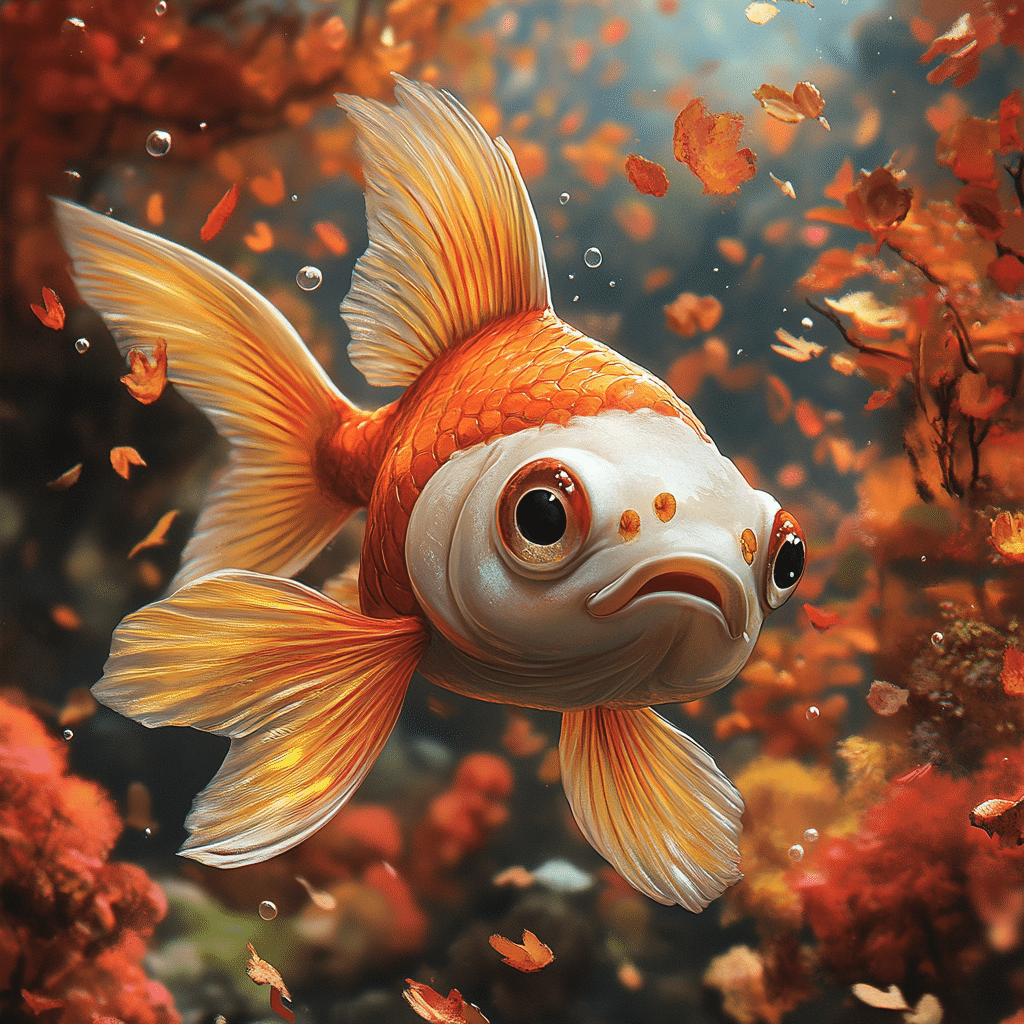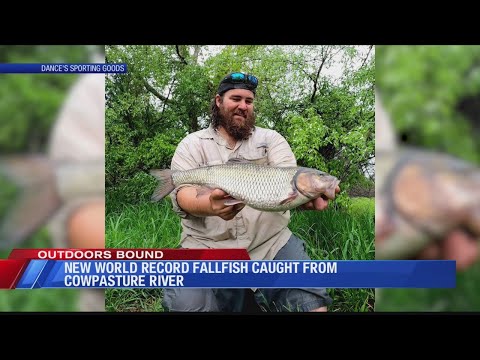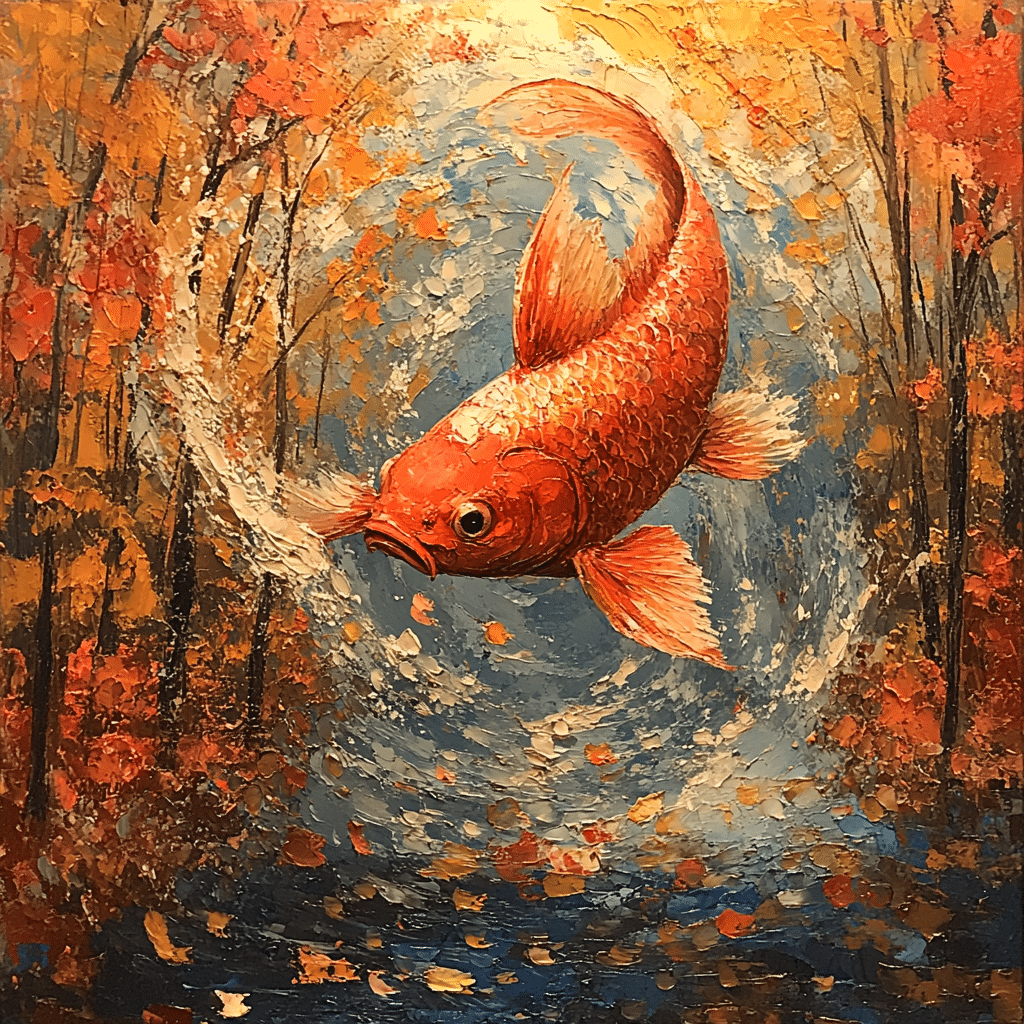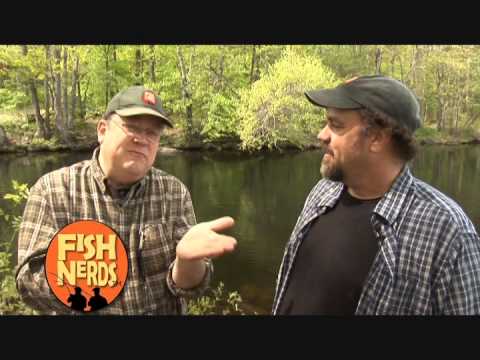For those who relish the thrill of angling, few experiences compare to the excitement of catching a fallfish. Known for their captivating silvery sheen and dynamic behavior once hooked, these fish offer both a rewarding challenge and an unparalleled culinary reward. Today, we’ll dive deep into the world of fallfish – exploring their habitats, the gear needed to catch them, effective fishing techniques, and delicious recipes to try once you’ve made your catch.

Understanding Fallfish and Their Habitat
Fallfish, scientifically referred to as Semotilus corporalis, are freshwater denizens, primarily found in the northeastern United States and eastern Canada. These fish thrive in the clear, cool waters stretching from Virginia up to Quebec. They are often spotted in fast-moving streams, clear lakes, and ponds with plenty of oxygen. Interestingly, as their name implies, fallfish frequently dwell near waterfalls, adding to the whimsical nature of their pursuit.
These fish can grow impressively large, with some specimens reaching lengths of over 18 inches and weights exceeding two pounds. The International Game Fish Association (IGFA) World Record for fallfish was set by Jonathan McNamara in the Susquehanna River, with a hefty catch weighing 3 pounds, 9 ounces. Before the introduction of species like smallmouth bass and brown trout, fallfish were top predators in many streams, making them an intriguing, historic part of our northeastern waterways.

Essential Gear for Successful Fallfish Fishing
To truly appreciate fallfish angling, one must first equip themselves with the right tools. Here’s what you’ll need to get started:
Rods and Reels: The Best Brands for the Job
Shimano and Orvis are names synonymous with quality in the angling world. Having a lightweight rod and a spinning reel from these trusted brands provides the finesse needed to effectively target fallfish. The sensitivity of these rods allows anglers to feel even the slightest nibble, ensuring a higher catch rate.
Bait and Lures: What Works Best?
Fallfish are known for their opportunistic feeding habits. Nightcrawlers and mealworms are excellent choices for live bait, ensuring the fallfish find your line irresistible. For those who prefer artificial lures, brands like Berkley’s PowerBait and Rapala’s Minnow Lures come highly recommended. They mimic the movement of natural prey, enticing fallfish to strike.

| **Attribute** | **Details** |
|---|---|
| Common Names | Chub, Silver Chub, Lake Chub, Stone Roller, Whitefish, Dace |
| Scientific Name | Semotilus corporalis |
| Geographic Distribution | Northeastern United States and Eastern Canada |
| Preferred Habitat | Fast-moving streams, clear lakes, clear ponds, well-oxygenated pools, base of waterfalls |
| Physical Characteristics | Largest minnows in U.S. and Canada, 155-431 mm length, up to 80 mm girth |
| Weight | 720 to 1800 grams |
| Maximum Size | Over 18 inches and heavier than 2 pounds |
| World Record | 3 lb, 9 oz, caught by Jonathan McNamara, Susquehanna River, April 2009 |
| Behavior | Hit hard and fast, leap out of the water when hooked, soft mouths |
| Fishing Tips | Best to land with a net due to soft mouths |
| Taste | Debated – Descriptions range from bland brown paper to sweet and delicate |
| Historical Significance | Former apex predator pre-introduction of smallmouth bass, largemouth bass, and brown trout in many streams |
| Ease of Catching | Easy to catch |
| Culinary Notes | Very tasty when properly prepared |
Techniques for Catching Fallfish
Understanding the specific techniques that work best for fallfish is crucial in maximizing your fishing success.
Casting and Retrieving
One effective method is to cast upstream and let your bait drift downstream with the natural current. This mimics the natural feeding behavior of fallfish and increases the chances of a bite. A slow retrieve following the cast allows the fallfish ample time to notice and attack your bait.
Fly Fishing for Fallfish
For the more experienced angler, fly fishing presents an artistic challenge. Using dry flies such as Adams or Elk Hair Caddis can provoke exciting surface strikes from aggressive fallfish. This method requires patience and finesse but can result in an exhilarating fishing experience when executed correctly.
Seasonal Influences: When to Fish for Fallfish
Timing your fishing trips also plays a significant role. Fallfish are most active during the autumn months, responding eagerly to the cooler temperatures and increased insect activity. Early mornings and late afternoons during these months are prime times for fallfish fishing, offering anglers the best chance for a successful outing.

The Culinary Delight: Preparing and Cooking Fallfish
Once you’ve caught your fallfish, the next step is to prepare them for a delicious meal. Fallfish’s flavor can be polarizing, with descriptions ranging from “bland brown paper” to “sweet and delicate.” However, with the right preparation, fallfish can be a true culinary delight.
Cleaning and Filleting Fallfish
To start, scale your fallfish using a fish scaler or the back of a knife. Be thorough yet gentle to maintain the fish’s integrity. Once scaled, proceed to fillet the fish, ensuring to remove any bones, as fallfish have delicate, soft mouths making them easier to filet.
Mouthwatering Recipes to Try
Fallfish à la Meunière
Grilled Fallfish with Herb Marinade
For those who prefer a smoky taste, grilled fallfish with fresh herbs is unbeatable.

Innovative Wrap-up: Embracing the Fallfish Experience
The pursuit and preparation of fallfish offer a thrilling combination of outdoor adventure and gastronomic delight. Whether you’re casting a line in the picturesque streams of Maryland or trying your hand at fly fishing near stunning waterfalls, the experience is enriched by embracing the nuances of fallfish angling. Engaging in this rewarding activity is not just about the catch; it’s about immersive moments spent in nature, the joy of a well-executed technique, and the satisfaction of a delightful meal cooked from your catch.
So, gear up and head to your nearest clear stream or waterfall. Embark on an angling adventure that promises not just a catch, but an all-encompassing experience of nature’s bounty and culinary pleasure. And remember, every cast holds the potential for a thrilling leap and the chance to create unforgettable memories.
Related Articles:
Understanding Fallfish: Tips for Catching and Cooking
When talking about fallfish, many anglers and foodies might not immediately think about this underappreciated member of the fish community. But let me tell you, this fish can be quite the catch, literally and culinarily!
Catching Fallfish
First off, catching fallfish can be an exciting experience, especially for those who love a good challenge. These fish are known for being feisty fighters, which can make for some thrilling fishing trips. Falling generously within the Kiddo One Piece of the fishing spectrum, they often give youngsters an adventurous experience that could spark a lifelong love for angling. Pro tip: Fallfish love streams and are attracted to shiny lures. So, get ready for some action-packed fishing moments!
Fun Facts and Trivia
Interestingly, fallfish are often mistaken for other species like chubs and suckers due to their size and coloration. But here’s a fascinating tidbit: They’re considered the largest native minnow species in Eastern North America! For those who enjoy learning about wildlife, this fun fact might just be as captivating as finding out the Jujutsu Kaisen season 2 release date. Did you know? Despite their commonality, fallfish have a special place in local ecosystems, playing a crucial role in keeping the water bodies healthy.
Cooking Fallfish
On to cooking, which can be just as fun. Fallfish are versatile and can be cooked in various ways, from grilling to pan-frying. Many locals swear by marinating the fish in a blend of herbs and spices before cooking to really elevate the flavor. If you’re a fan of Delta Bell shepards culinary shows, you might find some inspirational techniques there. However, be cautious about where you catch your fallfish, as waters exposed to pollutants could condemn the catch unfit for consumption, akin to the scrutiny faced when asking What Does condemn mean? in regulatory talks.
So next time you’re out fishing and spot a fallfish, remember these tips and trivia. You might just find that this underrated fish provides not only a thrilling catch but also a delicious meal. Happy fishing and bon appetit!

Are fallfish good eating?
Fallfish are quite tasty when you cook them right. There’s a lot of debate, though, with some people saying they taste like sweet and delicate fish, while others think it’s like eating brown paper.
Are fallfish rare?
You can find fallfish all over streams, rivers, lakes, and ponds in central and western Maryland. They’re not rare at all and are pretty common in those areas.
Why are they called fallfish?
Fallfish got their name because they like to hang out at the base of waterfalls. That’s their favorite spot in the streams and rivers where they live.
What is another name for a fallfish?
If you’ve heard someone talking about a chub, silver chub, lake chub, stone roller, whitefish, or dace, they might be talking about a fallfish. They’ve got a lot of nicknames!
What is the best eating fish in the world?
Tough call on the best eating fish in the world! Many folks swear by fish like salmon, sea bass, and halibut for their flavor and texture. Personal taste varies a lot, though.
What’s the difference between fallfish and chub?
Fallfish and chub are actually the same fish. Fallfish is just another name for chubs, so no difference there.
How big can fallfish get?
Fallfish can get pretty big for a minnow. They usually grow up to about 15 inches, but some can reach over 18 inches and weigh more than 2 pounds. The record caught was over 3 pounds!
What is the rarest fish in the United States?
The rarest fish in the United States might be the Devils Hole pupfish. This tiny fish lives in only one place, a single water-filled cavern in Nevada.
What is the best bait for fallfish?
For fallfish, you’re gonna have the best luck with natural baits like worms, insects, or small minnows. They hit fast and hard, so be ready!



























